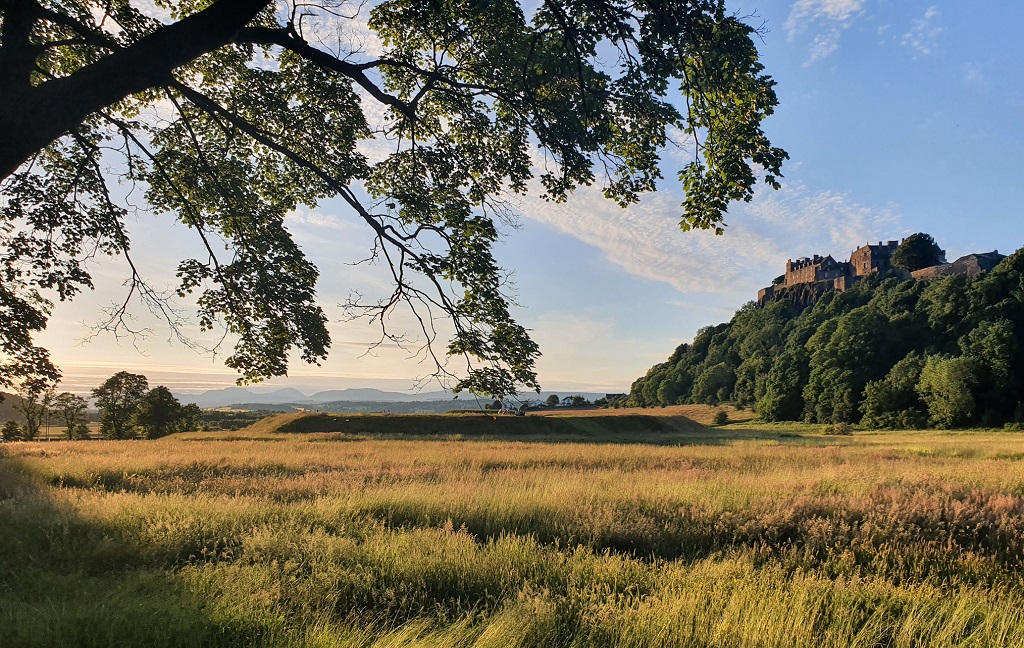The Douglas Gardens are one of the most peaceful and beautiful parts of Stirling Castle, so it can be hard to imagine them as the site of a brutal and violent crime.
But it was here, on 22 February 1452, that James II of Scotland was responsible for the murder of his most powerful earl: William, 8th Earl of Douglas.
It was one of several dramatic and bloody meetings between the King and the immensely powerful family which influenced – and threatened – his rule. Read on for an introduction to the tumultuous tale of James II and the Black Douglases.
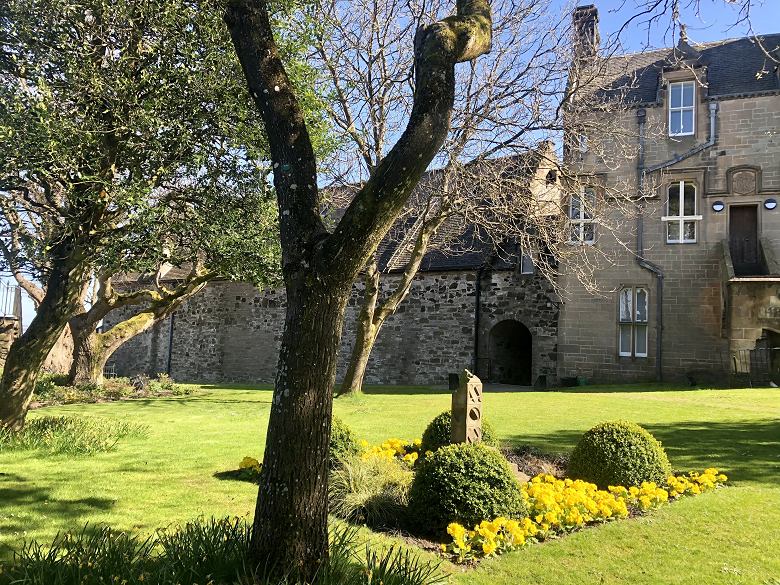
The Douglas Gardens at Stirling Castle
The Black Douglases
The connection between the Douglas Clan and the Kings of Scotland goes back to Robert the Bruce. Sir James Douglas – known as “The Good Sir James” or “The Black Douglas” – was Bruce’s most trusted friend. He was a chief commander during the Wars of Independence, fought alongside Bruce at Bannockburn and famously carried his heart on Crusade.
Robert II made the nephew of “The Good Sir James” the first Earl of Douglas. The royal connection was further strengthened when the second Earl of Douglas married Isabel, one of the King’s daughters.
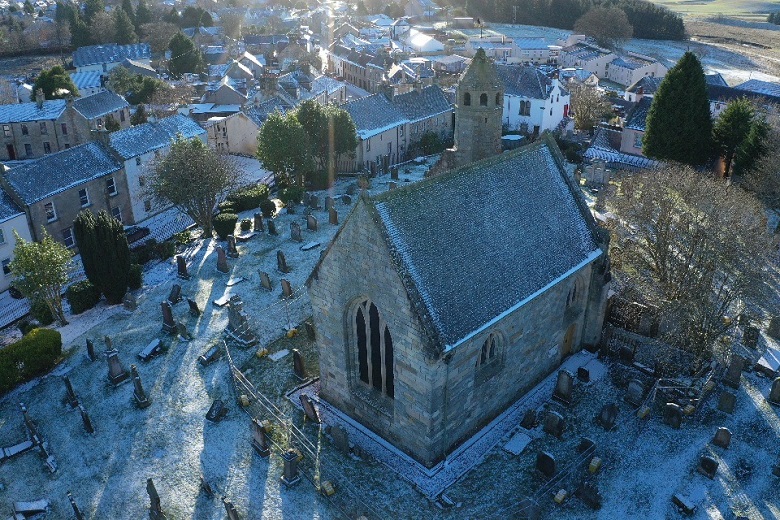
St Bride’s Church in Douglas, South Lanarkshire, the traditional homeland of the Black Douglases. A number of Earls of Douglas, including “The Good Sir James” and “James the Gross”, are entombed here.
Within forty years, the Black Douglases (as this branch of the family became known) were the largest landowners in Scotland, entrenched in the Royal Court. The Earl of Douglas was an extremely powerful title – one that would have a particular impact on James II.
The Black Bull Dinner
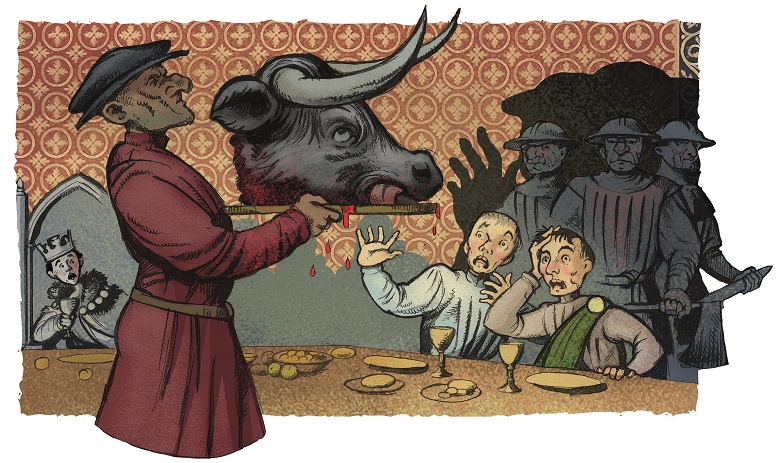
An artist’s impression of the Black Dinner
Military Might
James and the Black Douglases’ paths crossed again nine years later, when the King was attempting to arrange marriage to Mary of Guelders, the great niece of Phillip, Duke of Burgundy.
This Douglases had a ruthless reputation, thanks to numerous successes on the battlefield. They fought for the French at the Battle of Poitiers in 1356 and with rebel northern English Barons. The 4th Earl, who is mentioned in Shakespeare’s Henry IV, provided 6500 men to the French army.
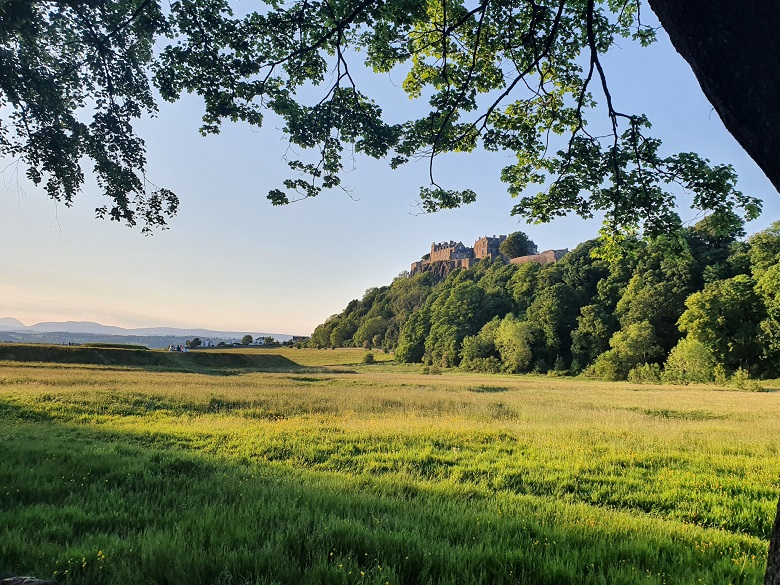
The 1449 tournament took place below Stirling Castle.
So, is it any wonder that when James II needed champions to compete in a tournament to defend the honour of Scotland it was the Douglas family he turned to?
On 25 February 1449, a tournament took place in the fields below the Ladies Lookout of Stirling Castle. Members of the Douglas clan were selected as Scotland’s champions, facing celebrated Burgundian knights. Some sources suggest the Burgundians won the contest, others that it was a closely-fought affair. In any case, the tournament was a good opportunity to display the chivalric culture of James’ court.
It worked. By 1 April, the Duke had called a halt to the protracted marriage negotiations. James’ wedding to Mary, and her considerable dowry, was finally secured.
Money Worries
James was very keen on the marriage with Mary of Guelders, not only because of the connections and support it would bring him in Europe, but because he needed the money. The marriage itself, however, was a costly affair.
Before Philip of Burgundy would release the first tranche of the dowry, James had to bestow lands and titles on his new bride that would provide her with five thousand pounds a year, should be predecease her.
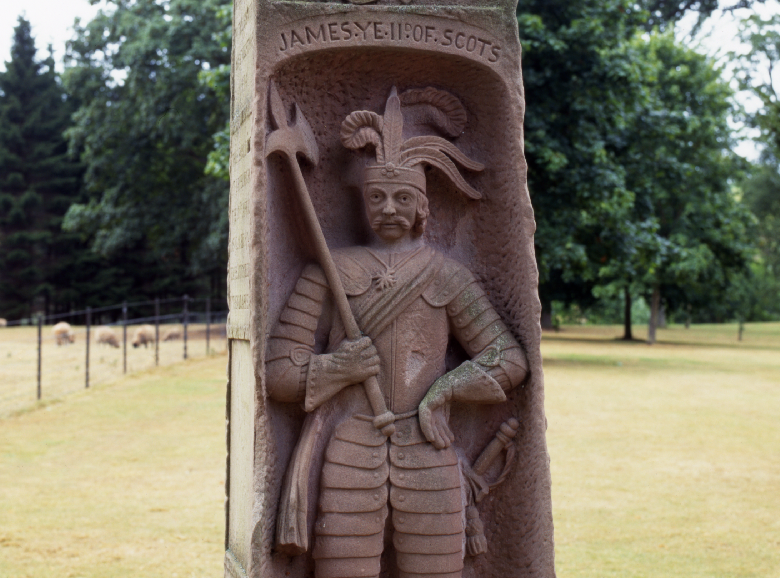
James II depicted in a statue at Dryburgh Abbey.
Struggling to raise this, James decided to firstly go after some of the richest of his subjects: the Livingstons. Sir Alexander and his family were arrested on convenient, trumped up charges. Two, Sir Alexander’s son (also called Alexander) and Sir Robert of Linlithgow, were tried and executed in Edinburgh in January 1450. The rest were imprisoned in castles across Scotland, their lands and titles forfeited to the Crown.
Next, James set his sight on an even bigger target: the Douglases. William, 8th Earl of Douglas, was on a pilgrimage to Rome where he was being feted like royalty when James II stripped him of his titles and razed Castle Douglas to the ground.
You might think this would have been the end of the powerful Douglases and chance for James to free himself of their influence. But James had moved too soon and shown his hand too early. By the time of his return to Scotland in 1451, William had, by various legal moves, managed to regain most of his titles.
The Bond
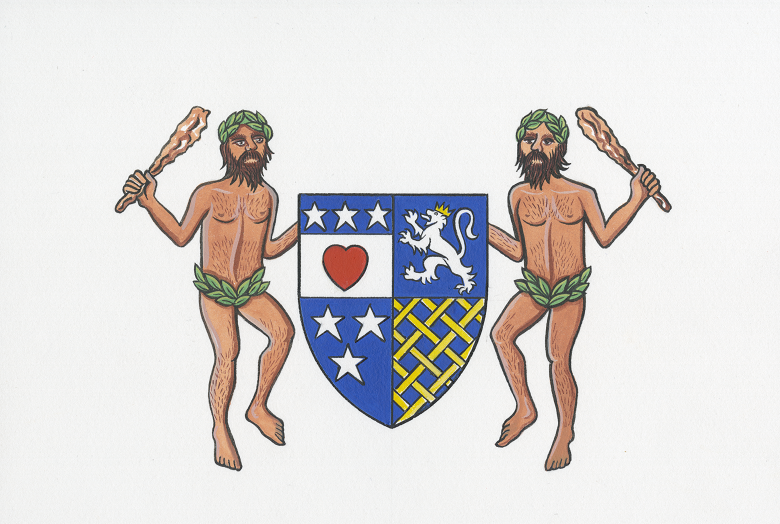
The heraldic seal of William Douglas, 8th Earl of Douglas. Note the red heart, a reference to the connection with Robert the Bruce.
James’ attack against the Douglases did not frighten William. On the contrary, it emboldened him to try and secure support in the event he decided to move against the King.
He formed an alliance with two of the most powerful men in Scotland. The Earl of Crawford, known as the “Tiger Earl”, ruled in the North East. John of Islay, Earl of Ross was head of the MacDonald clan. His other title was Lord of the Isles and he could trace his ancestry back to Viking times. These men were as powerful as kings in their own lands. They saw James II as a lowland king with no authority to dictate how they ran their lands and affairs.
James knew that he had to split this alliance. He invited William to join him at Stirling Castle on Shrove Tuesday, 1452.
The Douglas Murder
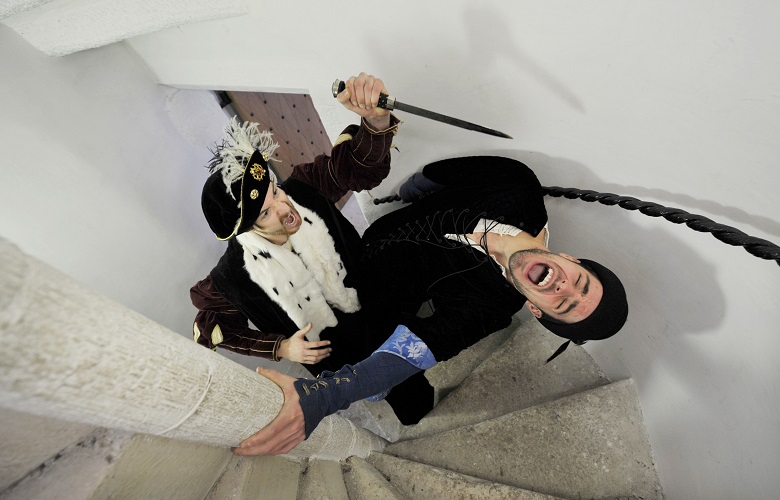
Actors reenacting the Douglas Murder as part of a Stirling Castle event back in 2014.
William was issued with a letter of safe conduct and joined the King for the feasting before the start of Lent. There was no political discussion that night.
The next day, 22 February, was when James II approached the subject of Douglas’ bond with Crawford and Ross. He asked William to break it. He responded saying:
I might no, I will no.”
The King replied:
false traitor, since you will not, I shall”
He stabbed William twenty-six times in the neck and the shoulder. Sir Patrick Grey then ‘struck him with a poleax and struck out his brain.’ William’s body was then unceremoniously flung out the window into the garden below.

The Douglas Window
If you visit Stirling Castle today, you’ll see the Douglas Window just above the archway in the Douglas Garden. You may marvel that anyone was able to throw a body out of that small window. However, the King’s Old Building was rebuilt in 1496. The end near the garden was restored after a fire in 1855.
The Victorian window we see today was perhaps a curiosity for officers of the regiment to come and wonder at this most dastardly deed while partaking of their after-dinner port and cigars!
The Fall of the Black Douglases
In response to the brutal murder, the Douglas clan marched on Stirling with the letters of safe conduct pinned to a horse’s tail. They disavowed their oath to James.

Threave Castle held out longer than any other Black Douglas stronghold during the confrontations of 1455
The months of conflict that followed was tantamount to civil war. James’ attempts to strike further were ineffective until the Battle of Brechin on 18 May. There, the “Tiger Earl” was defeated and the Black Douglases lost their most important ally.
The final blow came just under three years later, at the Battle of Arkinholm in Dumfries and Galloway. James, 9th Earl of Douglas was in England at the time of the skirmish but his three younger brothers were all captured or killed, forcing him into exile. The Black Douglases had fallen.
This post is adapted from an original piece on The Douglas Murder. If you want more of the Black Douglases, you can explore their castles with Dr Callum Watson.

